China now needs LNG very much!
Author:Earth Knowledge Bureau Time:2022.09.26
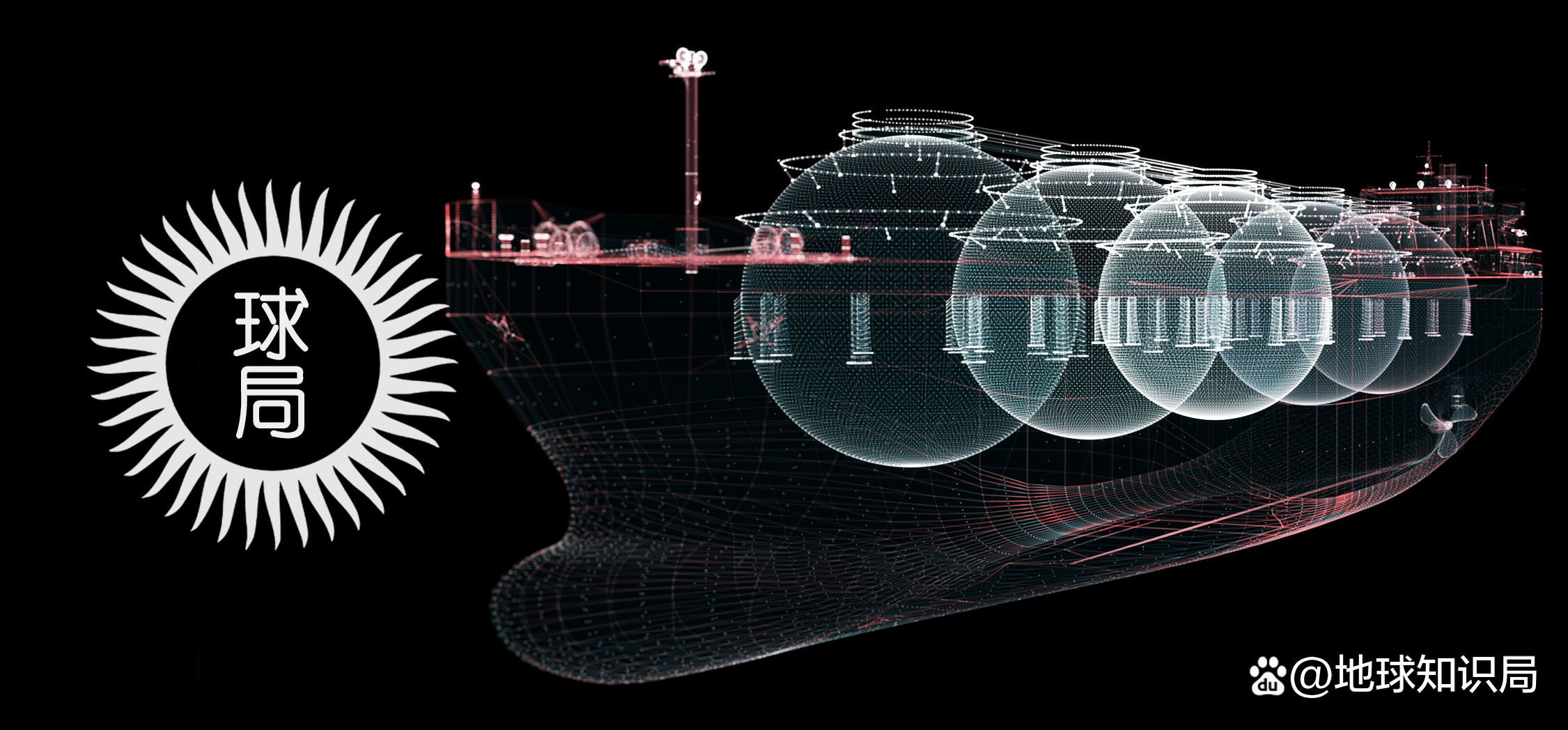
Natural gas is a clean fossil energy that is easy to burn, and the main component is methane. The cause is similar to other fossil energy sources. Simply put, it is the organic matter of animal and plant left on the surface of the earth. After the precipitation of time and complex crustal movement, it is buried in the depths of the crust. Under the action of stress and geothermal, these organic matter slowly evolved into fossil fuels such as coal, crude oil and natural gas.
The main component of natural gas is all kinds of light alkane, and the main ingredient is methane
(Source: The CGA Playbook) ▼
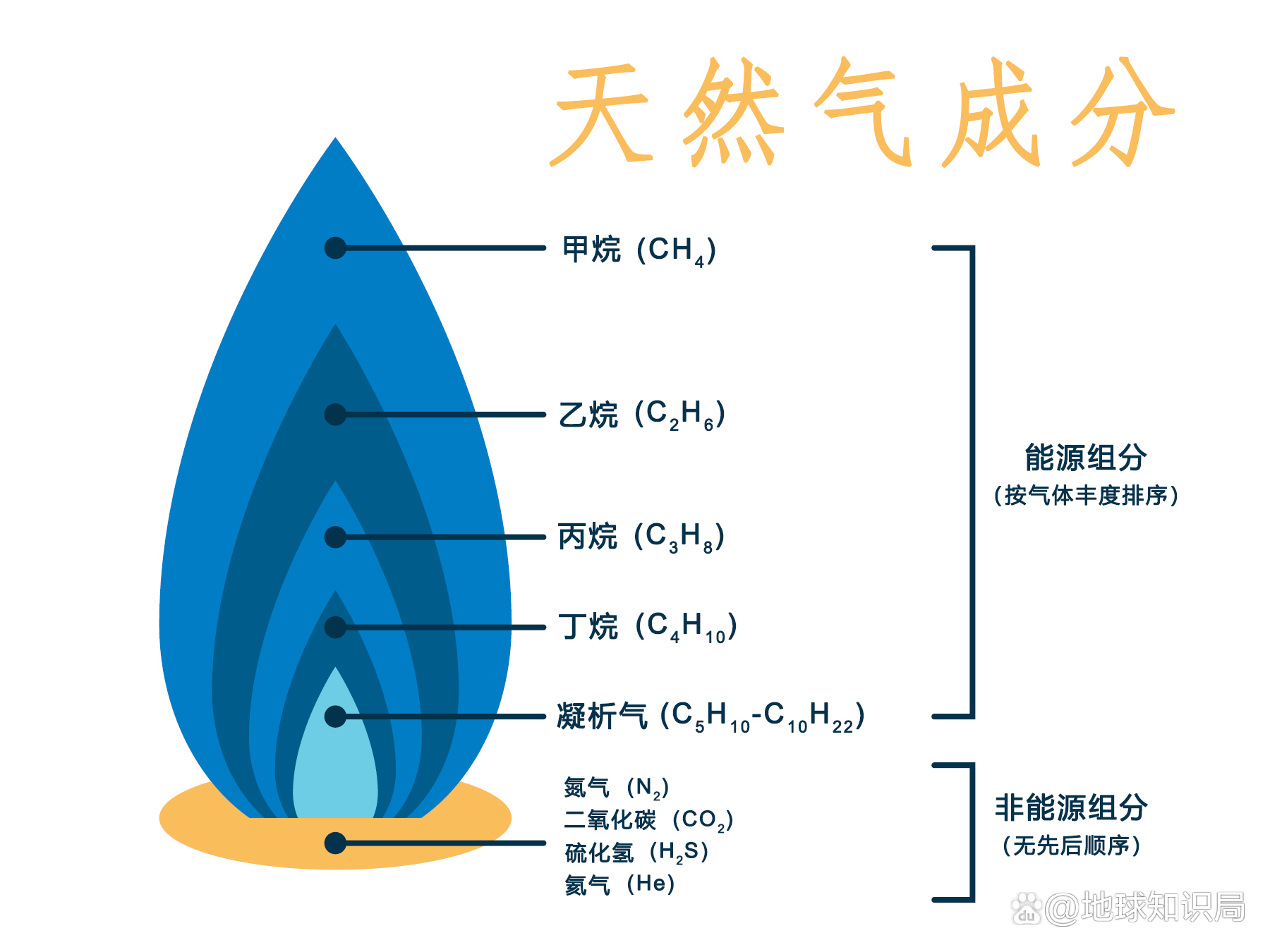
Compared with the traditional fossil energy of coal and crude oil, natural gas has the advantages of more reserves, relatively low carbon emissions and mining difficulty.
Who reserves a lot, who is "qi" and thick, at a glance (horizontal screen) ▼

Although natural gas is not as good as solar energy and wind energy, when there is no sun or wind, natural gas needs to be used. It is expected that in the short period of time, humans should not be able to get rid of the dependence on fossil energy, and can only choose to use relatively clean fossil energy for proper use.
Moreover, in the context of global climate change
The importance of clean energy is becoming more prominent
(Figure: shutterstock) ▼

Therefore, the relatively excellent fossil energy of natural gas has a strong market demand, but the traditional pipeline supply limits the range from the place of production to the terminal. At this time, the debut of LNG (LNG) solved this problem well.
How does LNG realize global travel?
LNG is pre-processing the mining of natural gas, and then cooled to about -162 ° C to make it change from gas to liquid, and at the same time, the volume is also reduced to about 1/600 of the original volume.
The natural gas after liquefaction can be received from the natural gas receiving stations that are loaded with special storage tanks and ships to all parts of the world. Then transform into a gas at the receiving station and transmit it to the terminal use unit through the local pipeline.
In addition to the familiar LNG sea transportation, there are railway transportation
(Figure: shutterstock) ▼
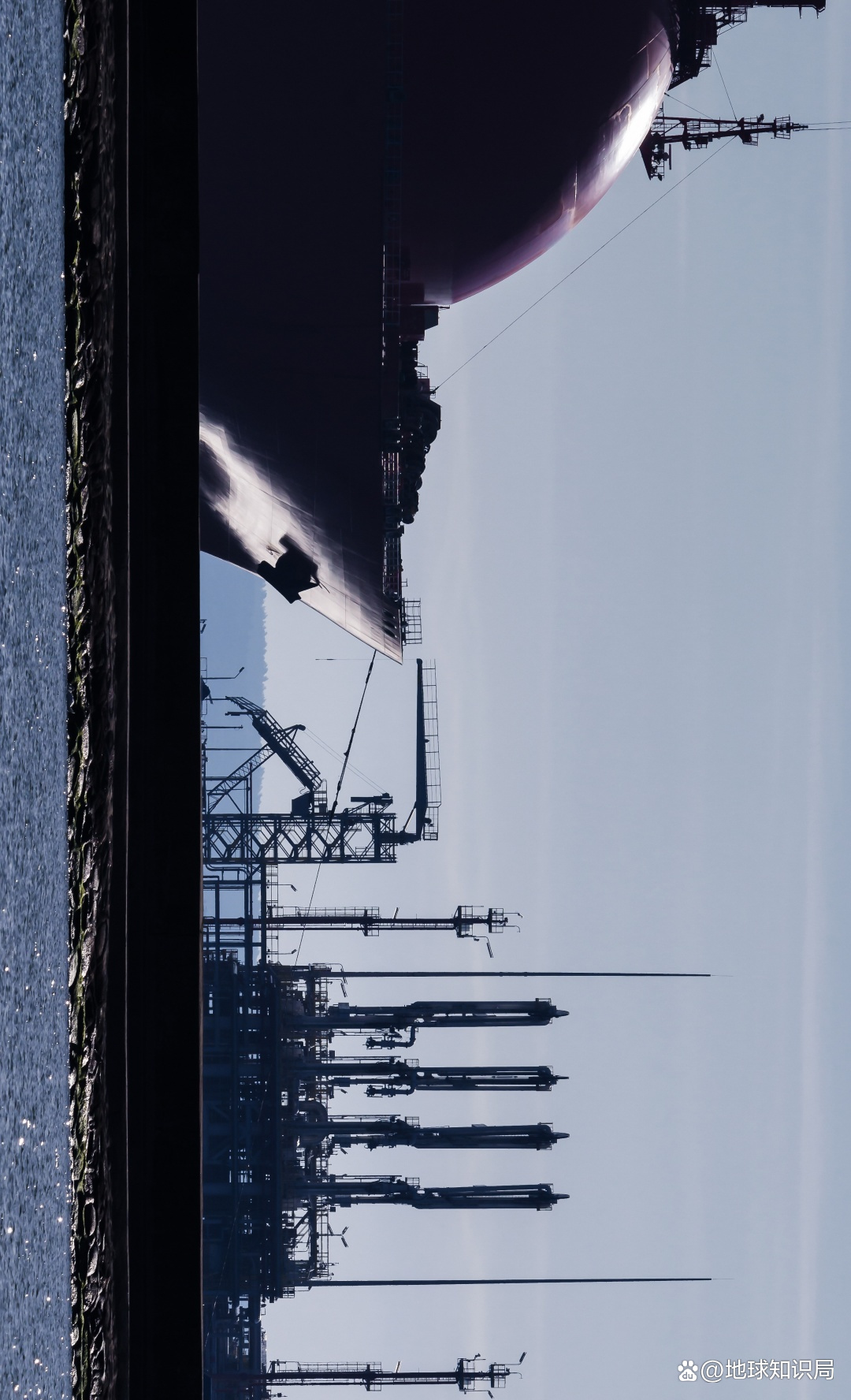
The optimization and convenience of transportation methods makes LNG's trade attributes more vivid. In the past two years, the superposition of many influencing factors such as the global energy crisis, the new crown epidemic, inflation, and the tension of shipping have witnessed the ups and downs of supply and demand and price changes in LNG's ups and downs, making the global energy pattern change unpredictable.
The LNG's industrial chain can be briefly summarized as: exploration, mining and pre -processing, liquefaction, transportation, receiving storage and re -gasification, and transportation to the terminal market. The more critical links in this industry chain are liquefied plants, transport ships and receiving stations. With liquefaction ability is one of the necessary conditions to export LNG.
The LNG industry chain is a huge and technical chain series
The entire process of the natural gas industry can be divided into three links ▼
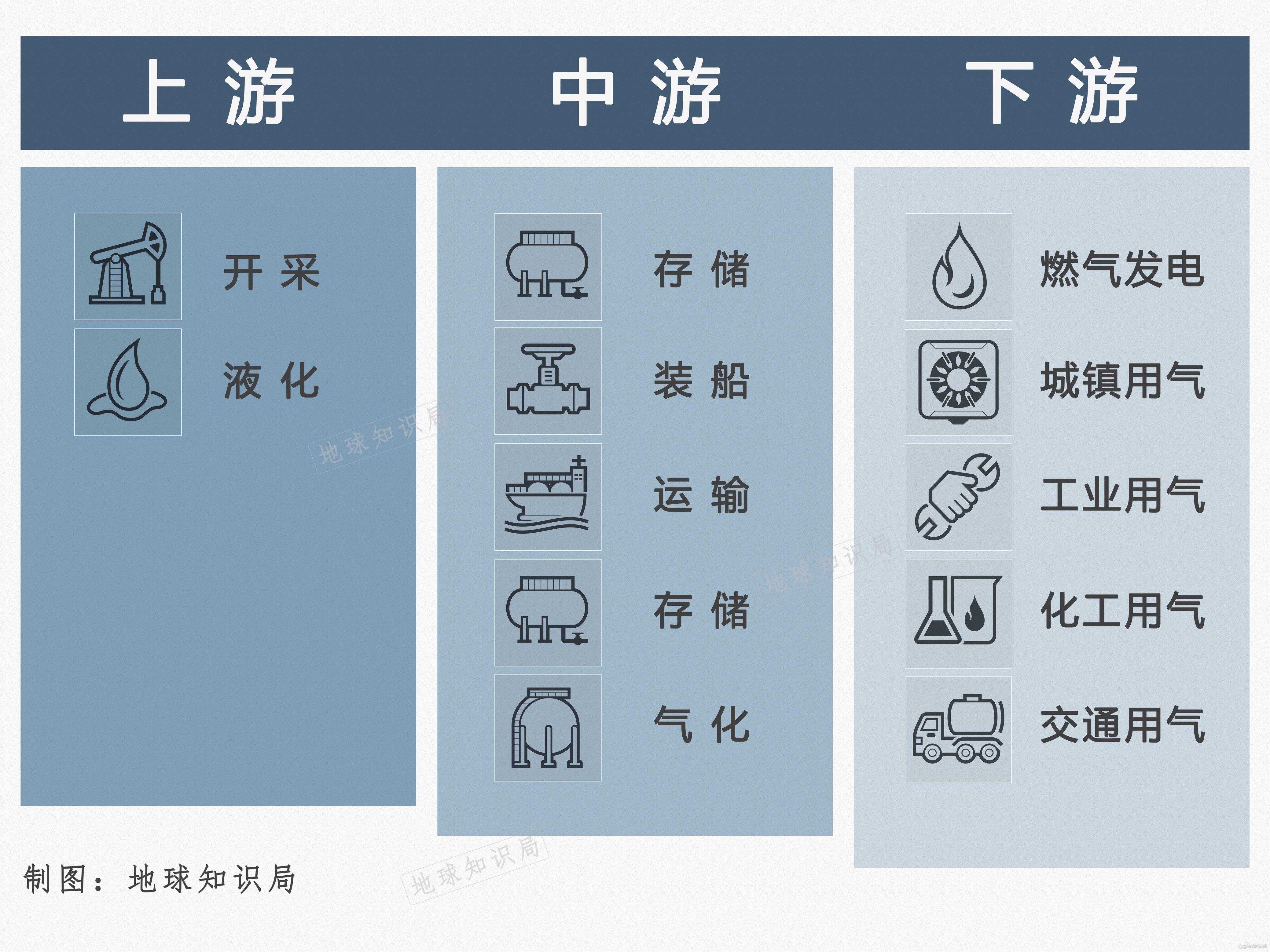
According to a public report from the International Natural Gas Federation (IGU), as of April 2022, the global liquefied capacity was about 472.4 million tons/year, of which Australia ranked first in the world for 87.6 million tons/year liquefied capacity. The capacity of 86.1 million tons/year and 77.1 million tons/year was ranked later.
Take 2020 as an example, the proportion of LNG in the country's export products is not low ▼

In addition, the production capacity of the liquefied plant was 138.5 million tons/year, and the planned capacity of the planned construction was 1.034.5 billion tons/year. The global LNG capacity demand is evident.
As an important transportation tool for LNG to start the global trade tour, the LNG transport ship has a very high technical threshold. Unlike ordinary cargo ships, the LNG transport ship needs to have a strong maintenance system to ensure that LNG is in a liquid state at -160 ° C and try to reduce its evaporation rate. Therefore, the LNG transport ship has the reputation of "super freezer at sea".
True Damage, feel this pressure ...
(Horizontal screen, picture: shutterstock) ▼

In recent years, with the growth of scientific and technological development and market demand, LNG transport ships have improved significantly in terms of quantity, capacity and maintenance system technology. As of April 2022, a total of 641 ships around the world were running LNG transport ships, 216 ships under construction, and 21 of the ships were built.
Some of the LNGs made of Russia are shipped through the Arctic Ocean route ▼
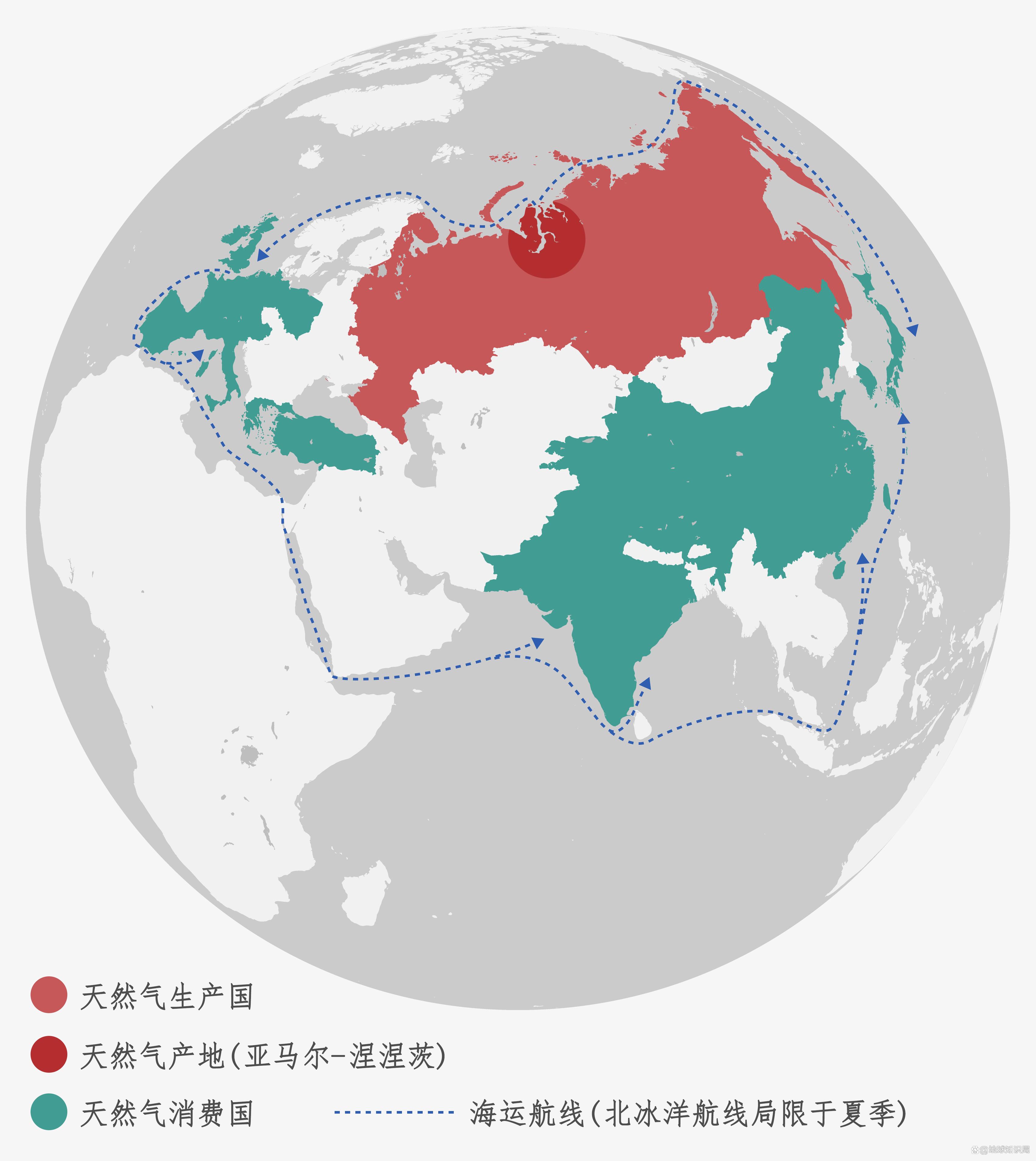
Delivery for you in the cold day, give me a good praise, right?
(Figure: shutterstock) ▼
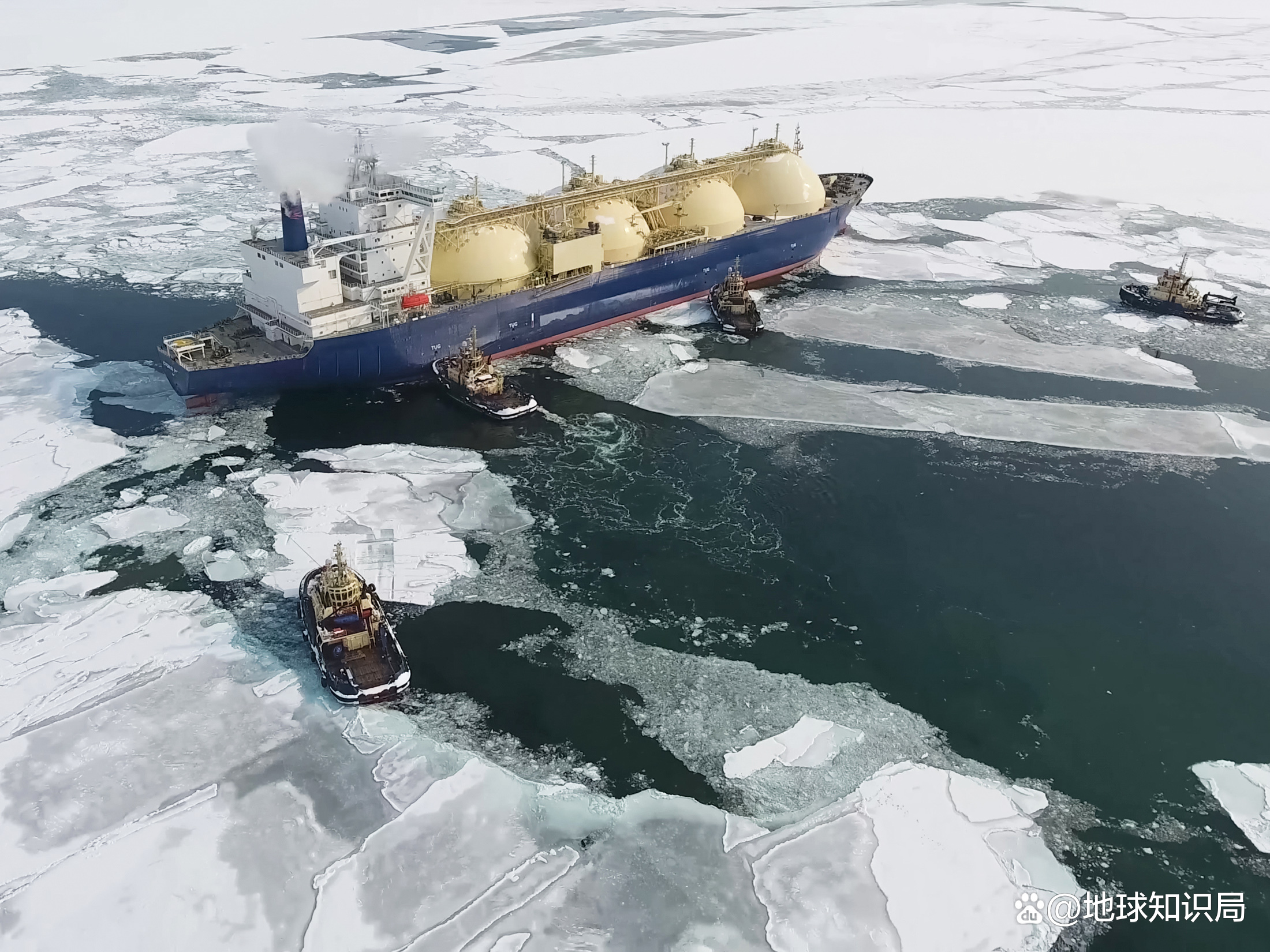
The average delivery period of the transport ship is 30-50 months, and the price is also linked to its system and other technical parameters. As the demand for boat order increases, the delivery cycle may be longer and prices will rise. For example, the price of a conventional 174,000 cubic meter capacity of two -stroke transport ships once rose from $ 180 million to $ 230 million.
It can be seen that the LNG transport ship is not only technology -dense, but also densely funded. It is not exaggerated to describe it with "Hermes in the ship industry".
No wonder some people say that the LNG transport ship is--
"Three highs" products with high cost, high technology, and high reliability requirements
(Figure: shutterstock) ▼

The cargo compartment of the MK Ⅲ film type LNG ship is very science fiction
(Figure: 9gag.com) ▼

The construction of a series of technologies, structures, safety and funding challenges faced by the LNG transport ship is bound to make most shipyards discourage. There are only a handful of shipyards with the above capabilities in the world today, mainly South Korea's modern heavy workers, Samsung Heavy Industries, Daewoo Shipyard and my country's Shanghai East China. Among the 216 LNG transport ships under construction, 200 were ordered by the four shipyards, and the number was 82, 54, 35 and 29.
LNG transport ship built by Daewoo Shipbuilding (Figure: One Photo Network) ▼
When the LNG "ride" its luxury transport ship arrives at the designated unloading port, the receiving station will be received through a special pipeline to ensure that LNG can still uninstall it under low temperature conditions and transmit it to the double wall insulation low -temperature storage tank.

LNG storage tank on the dock (Figure: Flickr) ▼
Although the isolation performance of the storage tank is already very high, it is difficult to avoid the evaporation of trace gas. At this time, the recycling system will recover this part of the overflowing gas and return it to the storage tank. In this way, it is difficult to "escape" with gases.

LNG needs to be re -gasified before being transported to the terminal. This process needs to be warmed to above 0 ° C. The natural gas that restores to the gaseous gesture will be measured and stinky (natural gas is colorless, tasteless and flammable. The smell is used to detect gas leakage by adding tetrahydrology), and the transmission system is entered after analysis. At this point, natural gas has completed long -distance travel from the place of origin to the terminal.
LNG re -gasification facility of Burger in Germany (Figure: One Photo Network) ▼
The work of the receiving station will be different according to the terminal use and requirements of natural gas. In addition to traditional land receiving stations, the number of floating liquefied natural gas storage and gasification devices (FSRU) has also increased year by year.
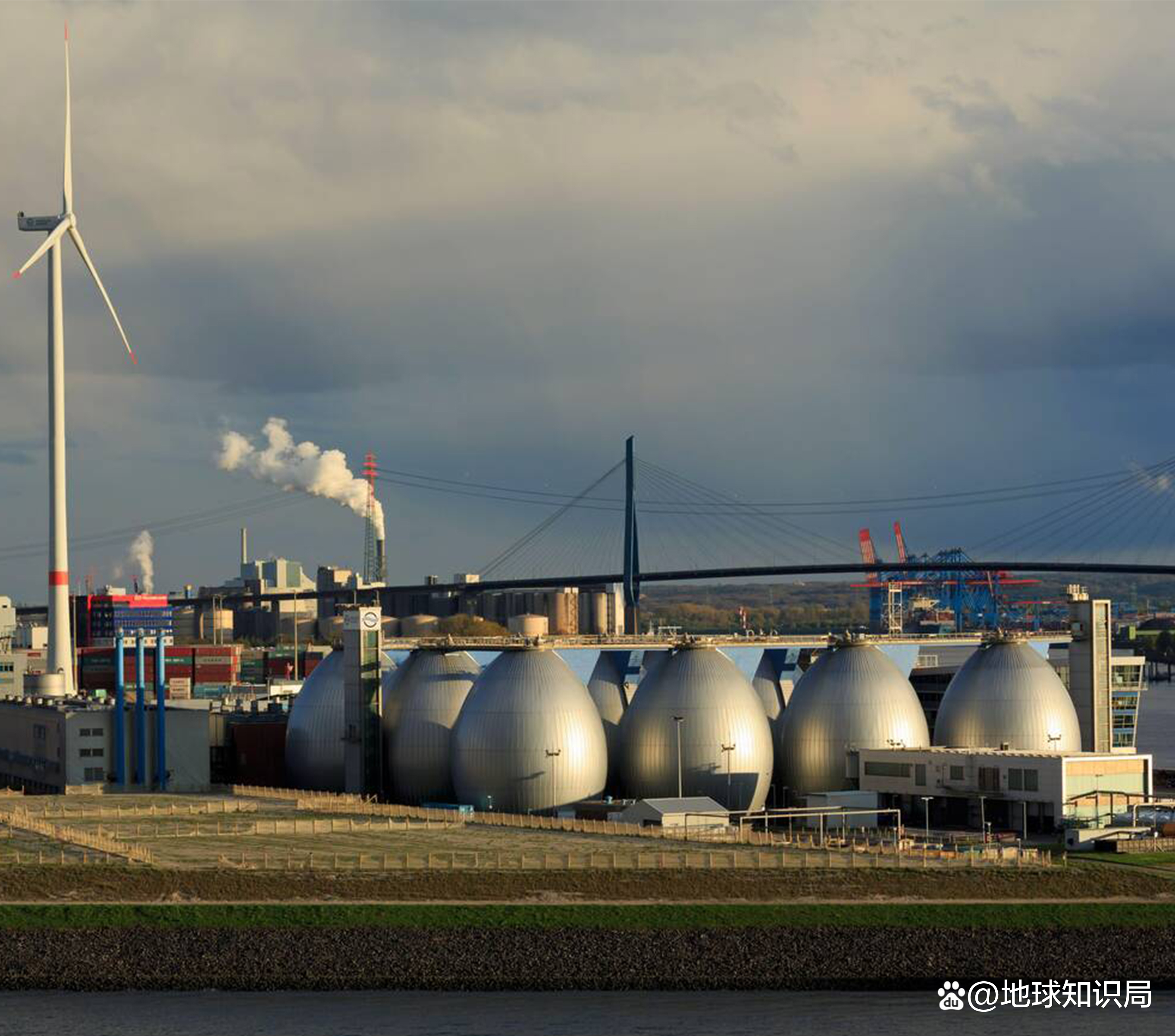
FSRU can be used as a LNG transport ship, but also has the storage and re -gasification function of the receiving station. It is considered to be more popular as a supplement to the land receiving station for its flexibility and construction time and cost.
This big piece is too capable, it is difficult for the owner
(Horizontal screen, picture: shutterstock) ▼
As of April 2022, the global re -gasification capacity of the world was about 901.9 billion tons/year, and the capacity of floating and offshore recycling was about 142.6 million tons/year.
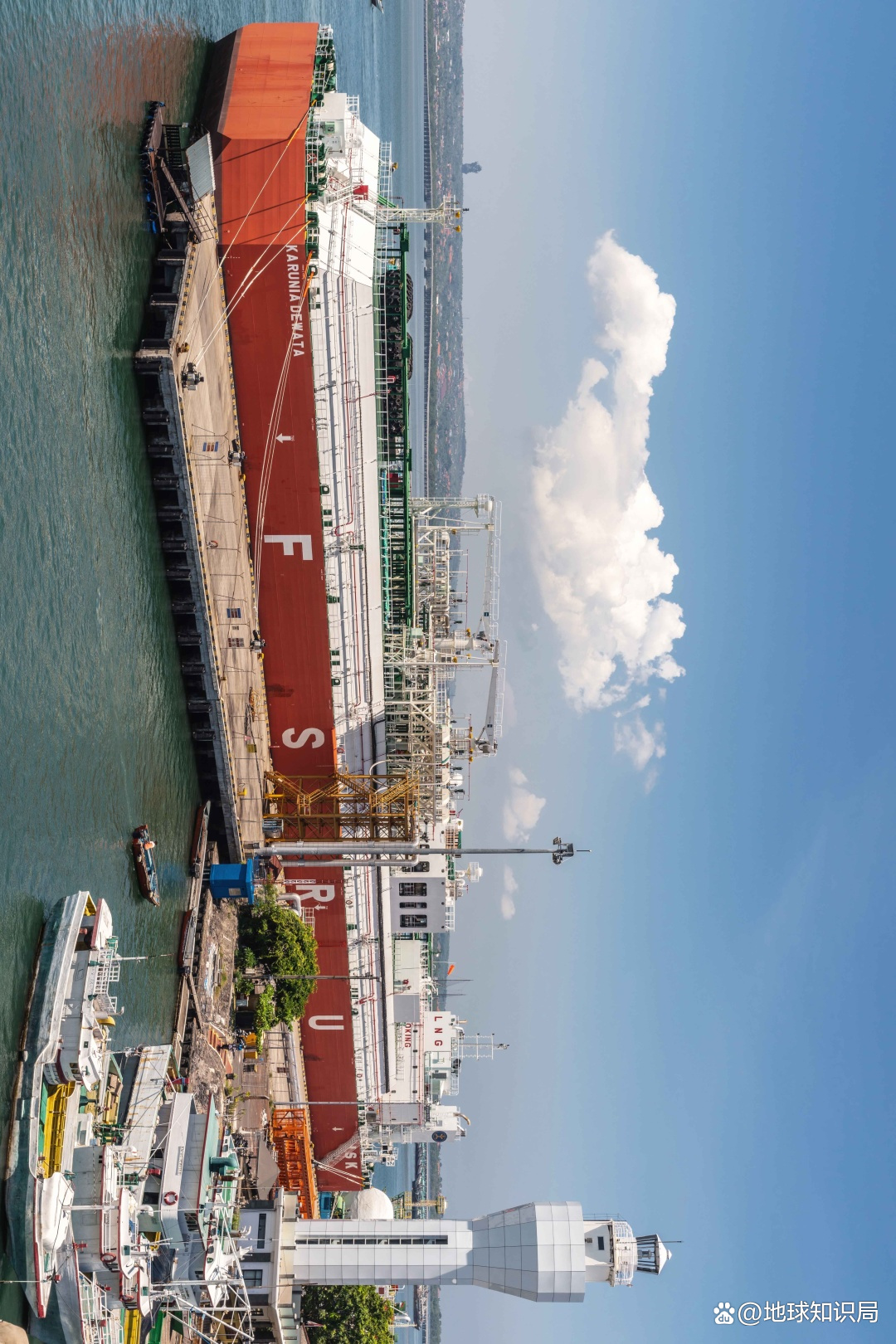
What is the status quo of LNG's global trade?
In 2021, the global LNG trade volume was at an innovation high of 372.3 million tons, an increase of 16.2 million tons from 2020, showing the obvious post -epidemic market demand for recovery.
As of April 2022, a total of 19 LNG export countries and 40 LNG import countries around the world. Among them, Australia maintains the world's first exporter with a export volume of 78.5 million tons. Qatar, the United States and Russia are ranked second, third, and fourth in the world with 77 million tons, 67 million tons and 29.6 million tons.
This bowl of energy rice is really fragrant ▼
In 2021, China replaced Japan for the first time to become the world's largest LNG importer with 79.3 million tons of imports. Compared with its import volume of 68.9 million tons in 2020, 2021 has increased by 15%. Its growth is mainly promoted by the strong economic recovery and power generation needs after the epidemic. Japan, South Korea, and India ranked second, third, and fourth in imports of 74.3 million tons, 46.9 million tons, and 24 million tons, respectively.
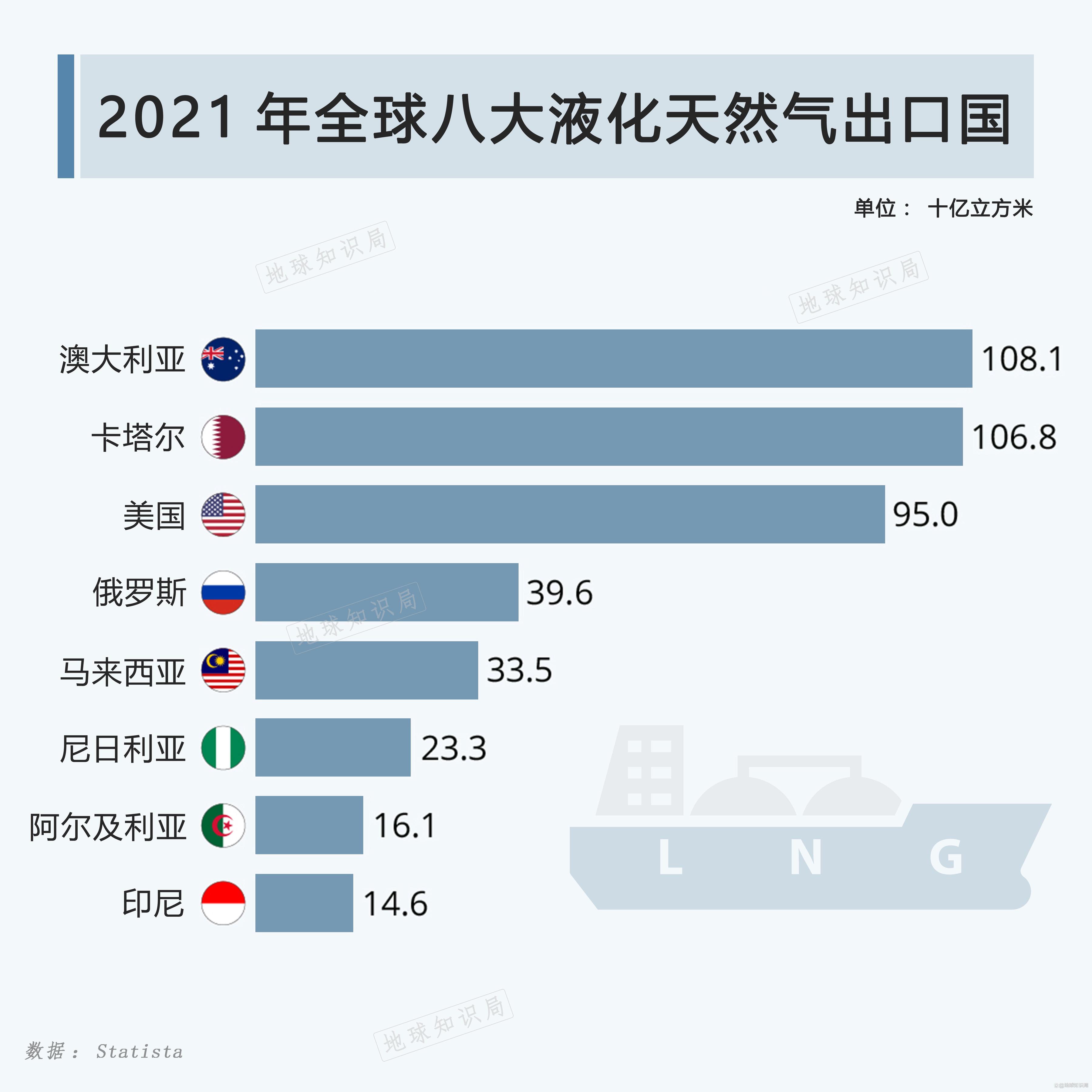
Affected by factors such as geographical location and transportation, LNG global trade has obvious regional characteristics. From the perspective of trade flow and path, the largest trading area is within the Asia -Pacific region. It is mainly used by Australia for Japan, South Korea and Taiwan. In 2021, the total trade volume was 81.9 million tons. Secondly, it is the Asia-Asian region. In 2021, the total trade volume was 49 million tons, of which 31 million tons were for Australia to China.
China, Japan, and South Korea are the big customers of Australia LNG ▼
In addition, the Middle East-Asia Pacific, Africa-Eurasia, North America-Latin America, Europe and Asia Pacific, Russia-Europe and Asia Pacific. Based on the regional characteristics of LNG trade, the pricing system of their respective regions has been formed. The common pricing system is:

◆ Henry Hub in North America (Henry Hub)
◆ British national balance point (NBP)
◆ Dutch ownership transfer center (TTF)
◆ Japan's imported crude oil weighted average price (JCC)
◆ Bilateral monopoly pricing mode in Russia and Central Asia
At present, there are three mainstream pricing mechanisms in the world LNG market
North American mechanism, European mechanism and Asian mechanism
In addition, there are other areas adopting other pricing systems ▼
In 2021, the global epidemic improved, the economic recovery led to the rise in natural gas demand, the LNG supply and demand relationship changed from loose, and its spot price was a record high, and it maintained a long -term contract price.
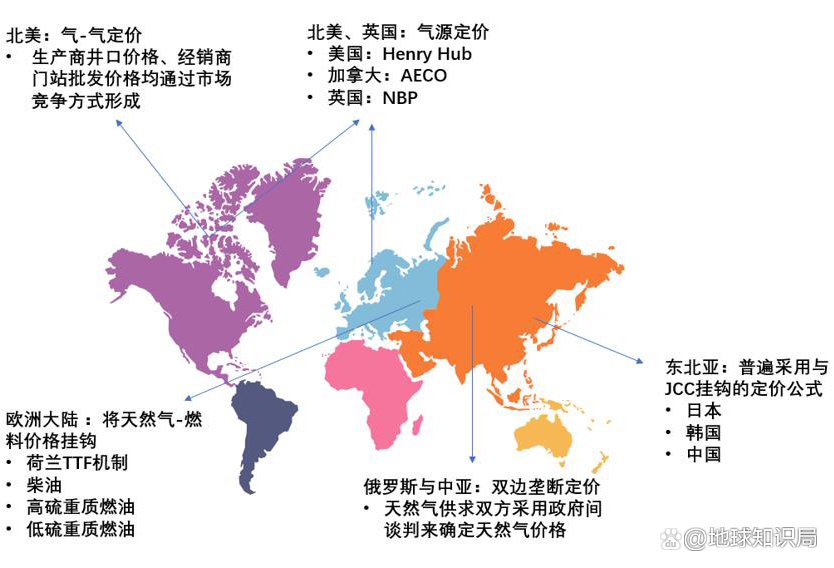
According to the Japanese and Korean benchmark JKM (JAPAN KOREA Marker), Northeast Asia's arrival price from March 2021 low at 5.563 US dollars/millions of British fever soared to 56.326 US dollars/millionth in October of the same year. increase.
At the same time, the constant is the challenge of global warming, energy crisis and environmental protection. When you see all this, you will understand that the right road is sustainable.
In recent years, with the rise in international oil prices and the increase in environmental protection pressure
LNG, an efficient and clean energy, is valued by countries around the world
(Figure: Flickr) ▼
What does LNG mean for sustainable? Question: What are we talking about when we are talking about sustainable?
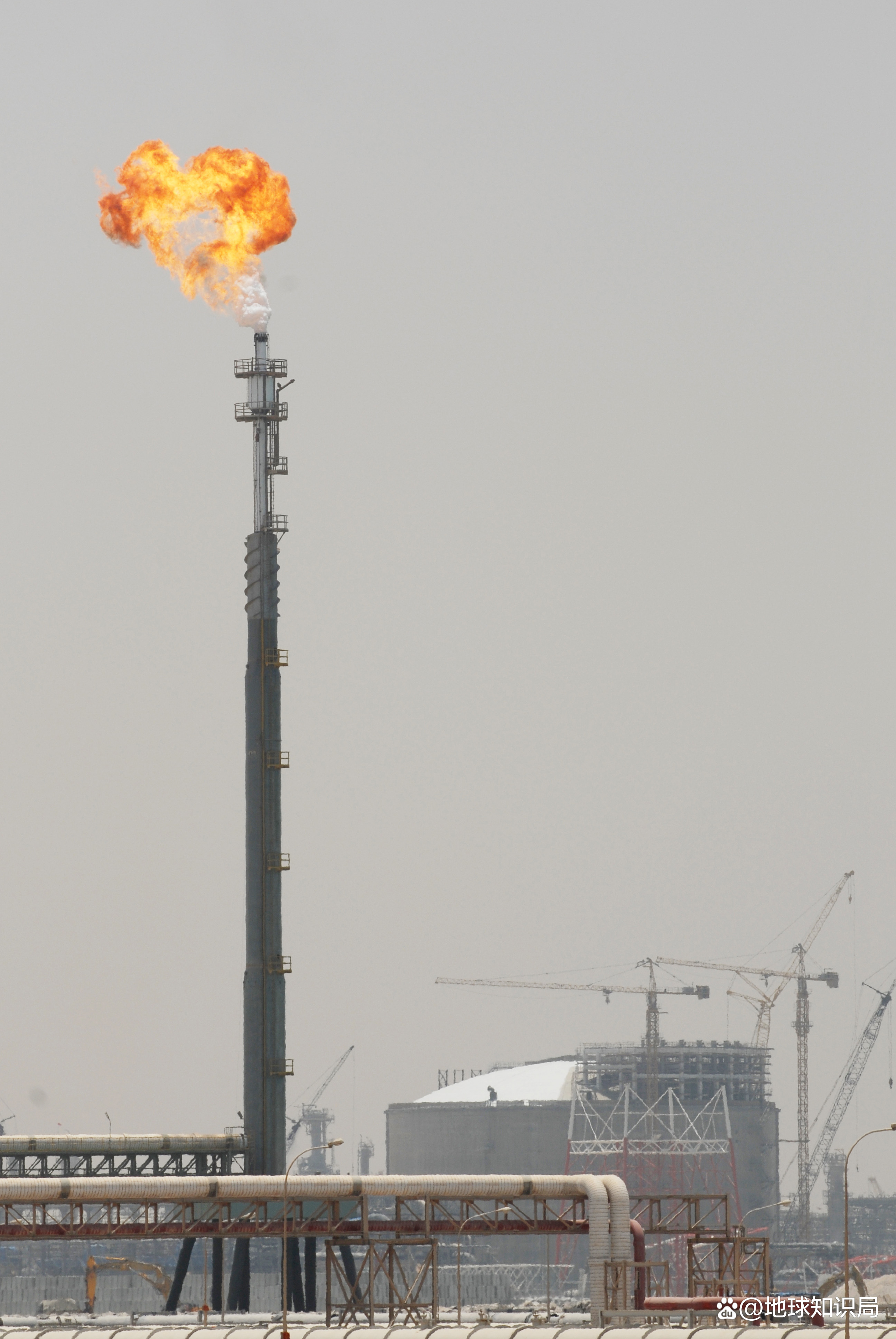
Answer: Talk about energy transformation, low -carbon and even zero carbon.
Whether it is to increase investment in energy efficiency, hydropower and other renewable energy sources, or to launch more stringent international trade carbon emissions regulations, countries and international organizations have taken action. Although it is unstoppable that the transformation of fossil energy to complete clean energy is advocated, many countries do not have complete transformation technology and infrastructure.
From this point of view, the relatively easy -to -mini, clean and flexible LNG will play an important role in the world energy transformation process. The supporting related industries have incorporated the requirements of low -carbon emissions into the early stages of project design and construction, which has made us a step closer with the small goals of low -carbon or even zero -carbon.
LNG, clean and hygienic (Figure: shutterstock) ▼
LNG seems to bring more choices to energy tensions, but it does not seem to be. Although LNG's market demand is large, the turbulent international situation has always had a significant impact on energy distribution and direction.
The Russian -Ukraine conflict has put more pressure on the complicated energy pattern. Many oil and gas companies such as BP, Shell, Norwegian National Petroleum Corporation and Ex Sen Mobil have announced their withdrawal from all investment and joint ventures in Russia. Many European countries have also stated that they will reduce natural gas from Russia and seek other supply channels.
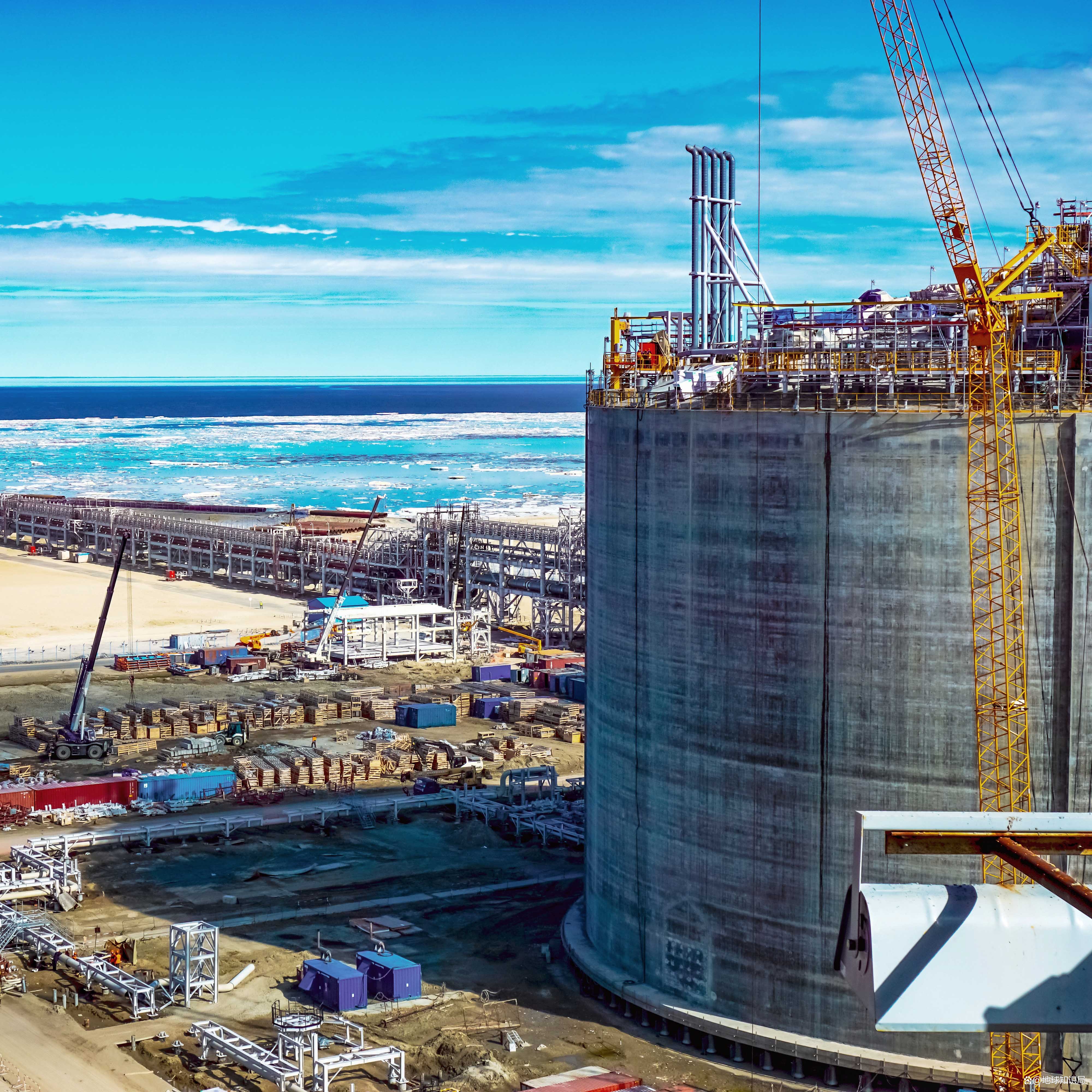
No need to take a double -edged sword, in turn, it may hurt the EU itself.
(Figure: Reddit @U/Andamascales) ▼
International sanctions have caused many projects such as liquefied plants, transport ships, and receiving stations that have been under construction and proposed. This is undoubtedly difficult for the world's energy transformation process.
The cost of energy development is high, the construction cycle is long, and the return cycle is long
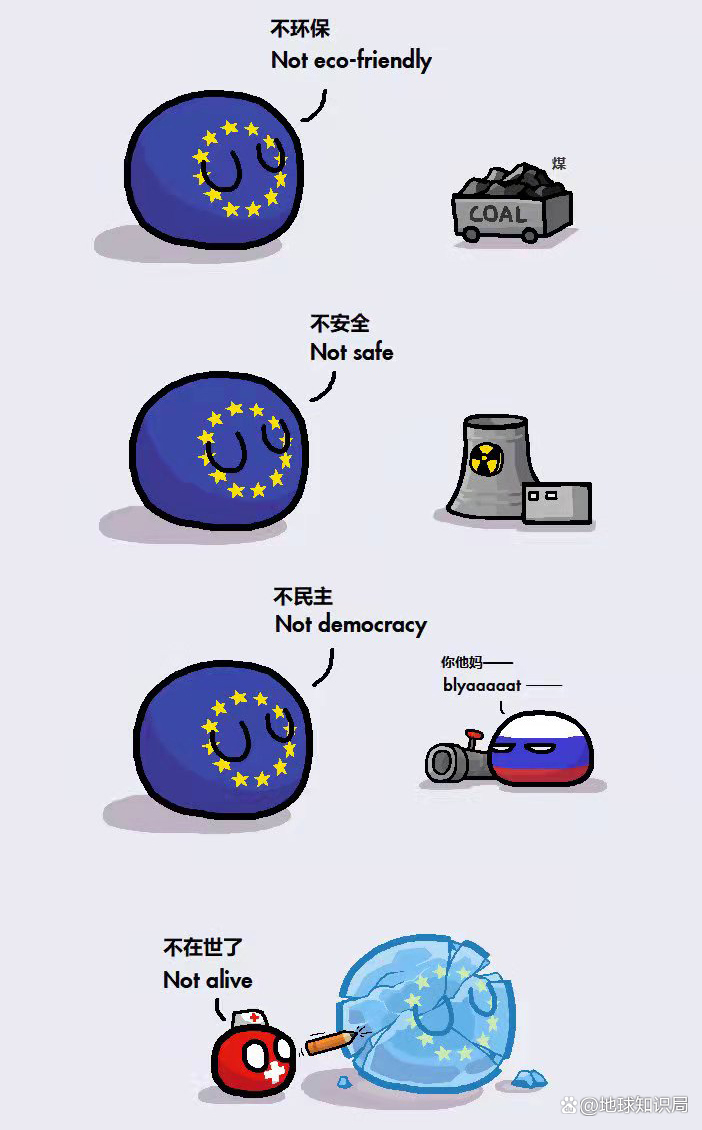
There is a slight difference, the degree of loss is difficult to estimate
(Construction, picture: shutterstock) ▼
The transformation of the international situation and the choice of trade policies may be far apart from us, but this does not mean that the good wishes of energy conservation and emission reduction also make ordinary people be expected.
Taking our country as an example, the population accounts for 20%of the world, and the reserves of oil, natural gas and coal account for 2.1%, 1%and 11%of the world's energy, respectively. The per capita share of these three fossil energy sources in my country is only 11.1%, 4.3%and 54%of the world average.

China LNG import volume is super Japan, but the per capita is still very low ▼
It is not difficult to see that my country's energy endowment is not excellent, and it depends to a large extent. Everyone can think about the production limit in 2021 and the tension of high temperature power consumption in the south this year, it is not difficult to understand the energy crisis is actually by our side.
Rather than the influence of LNG's influence of the world energy structure, it is better to influence energy, policies and environment. What should we do, except for what we go, what else should we do?
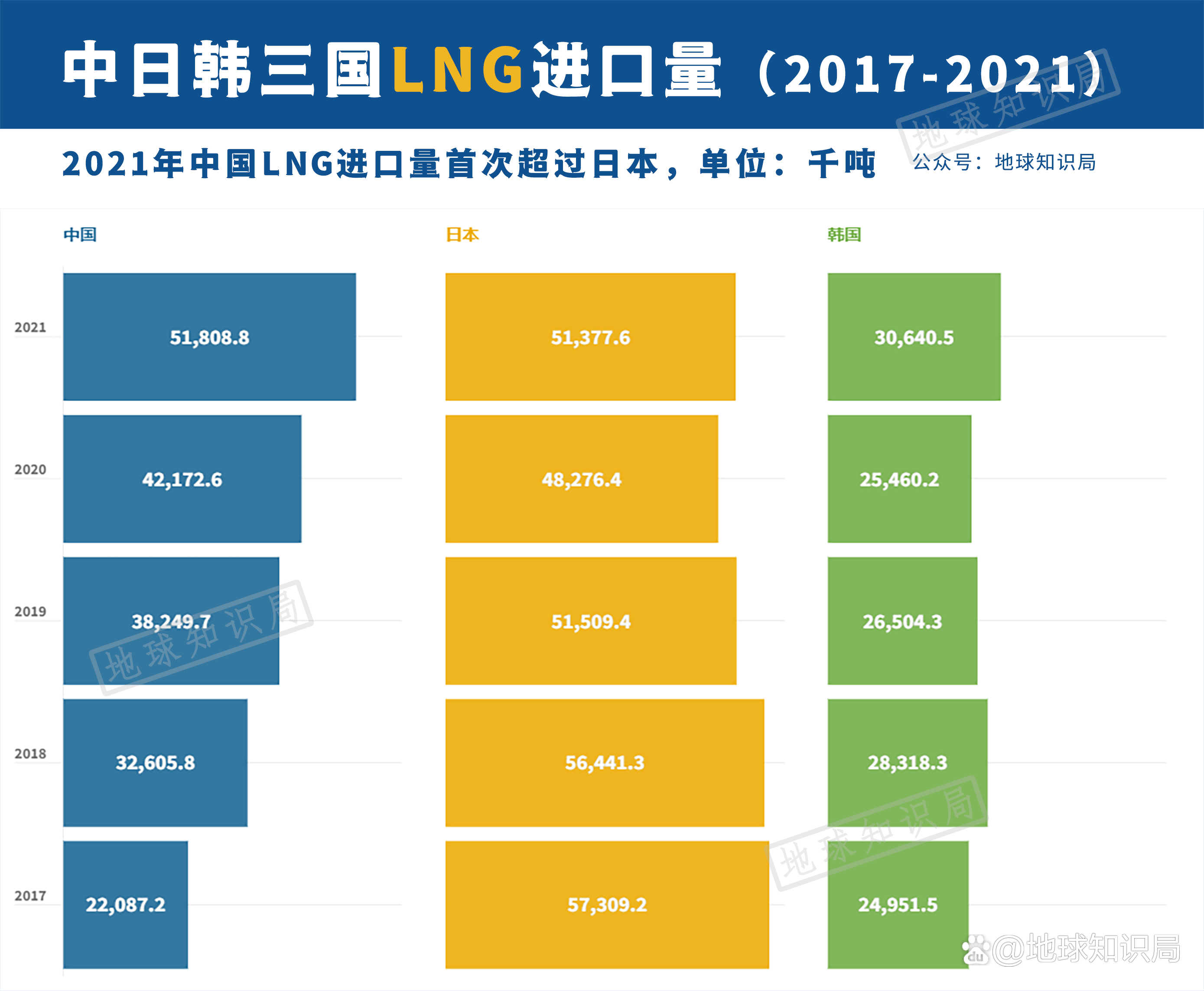
Reference materials:
1.UGU World LNG Report 2022
https://www.igu.org/resources/world-lng-ome-2022/
2. Raunek, how doofs lng terminal works? Https://www.marineinsight.com/Ports/how-does-lng-Terminal- works/
Marine Ports, May 28, 2021
3. Magnus Eikens, Economics of the LNG VALUE Chain, https://www.econnectnergy.com/articleS/economics--the-lng- Value-Chain
Econnect Energy, Nov. 24, 2020
4. List of global natural gas pricing rules, http://center.cnpc.com.cn/bk/system/2017/03/22/001640121.shtml
PetroChina Encyclopedia, 2017-03-23
5. Eric Mackres, 6 Lessons on Energy Decarbonization from Countries Leading the Way, https://www.wri.org/insights- lessons-rbonization--all
World Resources Institute, Jan. 22, 2020
6. Market analysis of LNG (LNG) industry, https://zhuanlan.zhihu.com/p/425816671
*The content of this article is provided for the author, which does not represent the position of the Earth Investment Bureau
Cover: shutterstock
End
- END -
Central University of Nationalities University 2023 Master's Graduate Admissions Professional Catalog

I. The total number of enrollment and the number of enrollment in the graduate enr...
The National Comic Exhibition on the National Shelf was opened at the Yunnan Academy of Arts

On June 20, the first exhibition of the National Comic Comic Exhibition was held i...